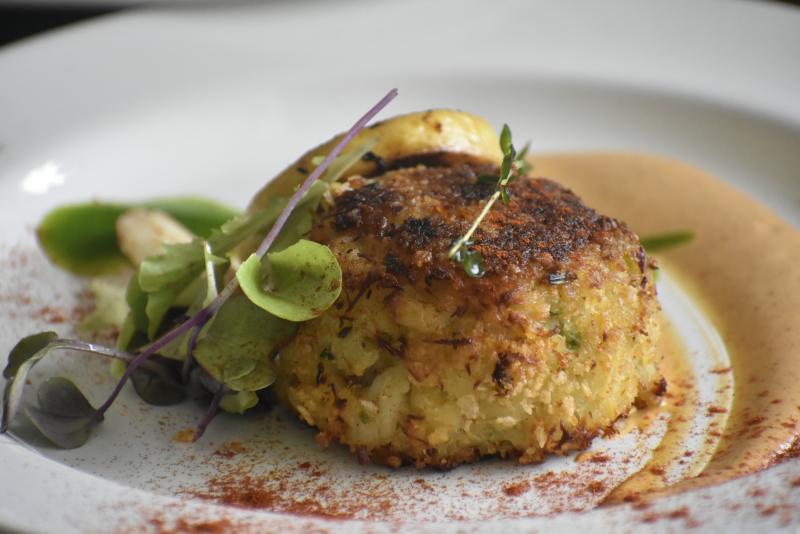MIAMI (CBSMiami) – Seafood lovers rejoice! Thursday, October 15 is the official start of Stone Crab season but there are some new regulations being put into place.
Florida stone crab population has been dwindling and is likely undergoing overfishing so the Florida Fish and Wildlife Conservation Commission have come up with changes designed to increase the stone crab population and build resiliency in the fishery.
New regulations in effect this season:

(FWC)
- The minimum claw size limit will be 2 7/8 inches (an 1/8 inch increase).
- Possession of whole stone crabs on the water will be limited to two checker boxes, each up to 3 feet by 2 feet by 2 feet OR a total volume of 24 cubic feet. Checker boxes are used to hold crabs onboard a vessel before they are measured and legal-sized claws are removed.
- The season will now end on May 2.
- All plastic and wood stone crab traps will need to be outfitted with a 2 3/16-inch escape ring before the 2023/2024 season.
Other tips and regulations:

(Courtesy: FWC)
- When catching catch a crab the claws can be removed, but throw back the crab and be careful when removing the claws so the crab isn’t permanently injured.
- Egg bearing females cannot be declawed
- No hooks or spears are allowed.
- Crabs must be captured in baited traps, declawed and released
- There is a recreational daily bag limit of 1 gallon of claws per person or 2 gallons per vessel, whichever is less, and may use up to five stone crab traps per person.
- Recreational and commercial traps may be baited and placed in the water Oct. 5, but claws cannot be harvested or possessed until Oct. 15.
- Traps that are not being fished should be removed from the water to avoid ghost fishing, a process in which marine species get caught in the trap for extended periods of time and are not harvested.
- Stone crab regulations are the same in state and federal waters.
Recreational Trap Registration
Recreational harvesters who are age 16 and older and fish with traps are required to complete an online, no-cost recreational stone crab trap registration and place their registration number on their traps before using them. To register, visit GoOutdoorsFlorida.com, sign in, click the blue “Purchase a License” button, scroll down to the “Saltwater Permits” section, and select “Recreational Stone Crab Trap Registration.”
Upon completion, each person will receive unique trap registration numbers that must be included on each trap along with the owner’s full name and address. This information must be legible and must be permanently attached to each trap.
The nice thing about eating stone crab claws, other than they are delicious, is that stone crab claws are the only renewable resource from the water. Crabbers are asked to take only one claw from each crab, which is then regenerated over time.

(Photo by Bob Care/Florida Keys News Bureau)
A crab that is returned to the water with one claw intact is able to get more food in a shorter amount of time and therefore regrow its claw faster.
When in season, stone crabs are widely available at seafood stores and supermarkets throughout South Florida. The claws are cooked soon after being harvested, then chilled and served cold. If you get them cracked at the store, it’s best to eat them within 12 hours. If you buy them uncracked, they can be refrigerated and eaten within two days.
And if you’re already a stone crab fan, then you know they come at a hefty price.
Prices do fluctuate but are most expensive during peak demand such as the first week of the season, and around major holidays such as Christmas, New Year’s Eve and even the Super Bowl.
Click Here for a complete list of rules and regulations from the Florida Fish and Wildlife Conservation Commission.
The Link LonkOctober 07, 2020 at 12:29AM
https://ift.tt/3lbIx5M
Almost Time To Get Crackin’ As Stone Crab Season Begins Next Week With New Regulations - CBS Miami
https://ift.tt/2MkGRbk
Crab

No comments:
Post a Comment